Home>Articles>How To Cook Rice In An Electric Pressure Cooker
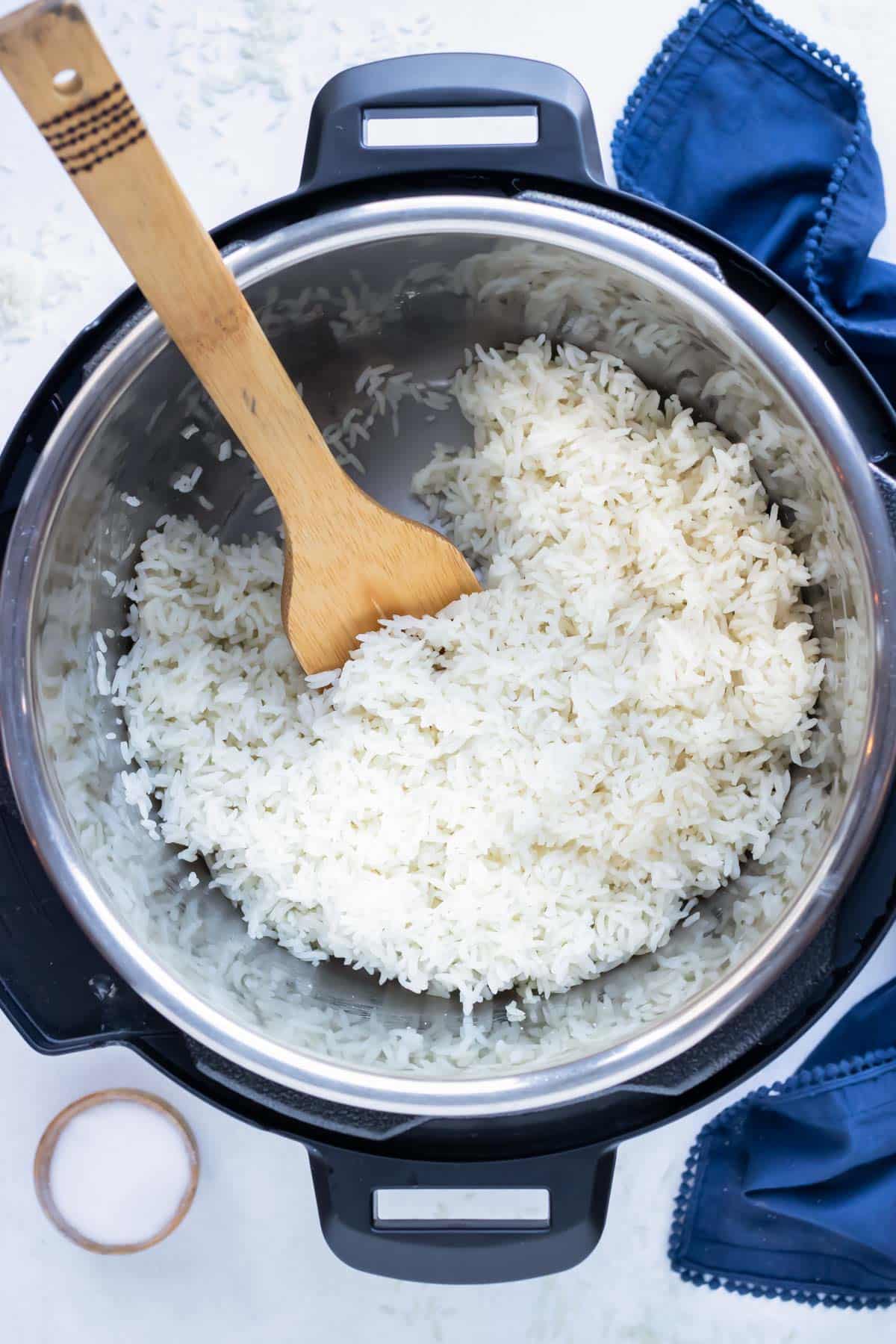

Articles
How To Cook Rice In An Electric Pressure Cooker
Modified: February 27, 2024
Learn how to cook rice perfectly in an electric pressure cooker with these helpful articles. Discover expert tips and tricks for delicious results every time.
(Many of the links in this article redirect to a specific reviewed product. Your purchase of these products through affiliate links helps to generate commission for Storables.com, at no extra cost. Learn more)
Introduction
Are you tired of spending hours in the kitchen, waiting for your rice to cook? Look no further than the electric pressure cooker – a versatile appliance that not only saves time but also delivers perfectly cooked rice every time. Whether you’re a busy professional, a home-cooking enthusiast, or someone who simply wants to simplify their cooking routine, learning how to cook rice in an electric pressure cooker is a game-changer.
In this article, we will explore the benefits of using an electric pressure cooker for cooking rice, guide you through the process of choosing the right type of rice, and provide step-by-step instructions on how to prepare and cook rice in an electric pressure cooker. We will also discuss the difference between the quick release and natural release methods and share some tips for achieving fluffy and delicious rice.
So, let’s dive in and discover the wonders of cooking rice in an electric pressure cooker!
Key Takeaways:
- Cooking rice in an electric pressure cooker offers time and energy efficiency, consistent results, and versatile cooking options, making it a convenient and foolproof method for perfectly cooked rice every time.
- Choosing the right type of rice, cleaning and soaking the rice, and understanding the pressure release methods are crucial steps in achieving fluffy and delicious rice in an electric pressure cooker. Experiment with flavors and enjoy the convenience of hassle-free cooking.
Benefits of Cooking Rice in an Electric Pressure Cooker
Cooking rice in an electric pressure cooker offers several advantages that make it a popular choice among home cooks. Here are some of the key benefits:
- Time and Energy Efficient: One of the main advantages of using an electric pressure cooker to cook rice is its speed. The high-pressure environment created by the cooker significantly reduces cooking time, allowing you to have perfectly cooked rice in a fraction of the time compared to traditional stovetop methods. Additionally, electric pressure cookers are designed to retain heat efficiently, minimizing energy consumption.
- Consistent Results: Electric pressure cookers provide consistent and even heat distribution, resulting in evenly cooked rice every time. You don’t have to worry about overcooking or undercooking the rice, as the cooker controls the pressure and temperature automatically, ensuring foolproof results.
- Versatile Cooking Options: Electric pressure cookers often come with different cooking modes, allowing you to customize the cooking process according to your preference. Whether you want fluffy white rice, perfectly cooked brown rice, or even specialty rice like basmati or jasmine, the electric pressure cooker can handle it all.
- One-Pot Convenience: Another significant advantage is the convenience of a one-pot cooking method. Once you add the rice and water to the electric pressure cooker, simply set the desired cooking time, and let the appliance do the rest. This eliminates the need for additional pots and pans, saving you time on cleaning up afterwards.
- Retains Nutrients: Unlike traditional boiling or steaming methods, cooking rice in an electric pressure cooker helps retain more nutrients in the rice grains. The sealed environment prevents the loss of water-soluble vitamins and minerals, ensuring that you get maximum nutritional value from your cooked rice.
Overall, cooking rice in an electric pressure cooker is a time-saving, convenient, and foolproof method that consistently delivers perfectly cooked rice with minimal effort. Now that you know the benefits, let’s move on to the next step – choosing the right type of rice.
Choosing the Right Type of Rice
When it comes to cooking rice in an electric pressure cooker, selecting the right type of rice is crucial for achieving the desired texture and flavor. Here are some popular types of rice and their characteristics:
- White Rice: White rice is the most commonly used type of rice. It is polished to remove the outer husk, bran, and germ, resulting in a light and fluffy texture when cooked. White rice is versatile and can be used in various dishes.
- Brown Rice: Brown rice retains its bran and germ layers, making it a healthier option. It has a nuttier flavor and a slightly chewy texture. Brown rice takes longer to cook compared to white rice, but an electric pressure cooker can significantly reduce the cooking time.
- Basmati Rice: Basmati rice is a long-grain rice known for its aromatic fragrance and delicate flavor. It is commonly used in Indian and Middle Eastern cuisines. The electric pressure cooker enhances the cooking process, resulting in perfectly fluffy and fragrant basmati rice.
- Jasmine Rice: Jasmine rice, also a long-grain rice, is popular in Southeast Asian cuisines. It has a fragrant aroma and a slightly sticky texture when cooked. Cooking jasmine rice in an electric pressure cooker ensures even cooking and releases its aromatic flavors.
When choosing the right type of rice, consider factors such as the desired texture, flavor, and the dish you will be preparing. Follow the instructions provided on the rice packaging to determine the appropriate water-to-rice ratio. Additionally, make sure to rinse the rice thoroughly before cooking to remove excess starch and improve the final result.
Now that you have chosen the type of rice, let’s move on to the next step – preparing the rice for cooking.
Preparation: Cleaning and Soaking Rice
Before cooking rice in an electric pressure cooker, it’s important to clean and soak the rice to ensure optimal results. Here’s a step-by-step guide:
- Cleaning: Start by placing the desired amount of rice in a colander or fine-mesh sieve. Rinse the rice under cold running water, gently stirring it with your hands. Continue rinsing until the water runs clear. This helps remove any dust, debris, or excess starch from the rice, resulting in better-tasting cooked rice.
- Soaking: Soaking rice before cooking can help improve its texture and reduce cooking time. Soaking allows the rice grains to absorb water, resulting in more evenly cooked rice. Depending on the type of rice, you may need to soak it for a specific period of time. Follow the instructions on the rice packaging for the recommended soaking time.
- Water-to-Rice Ratio: After soaking the rice, drain the water and measure the rice-to-water ratio for cooking. Different types of rice require different water ratios, so refer to the packaging instructions or use a general guideline. As a starting point, a common ratio is 1:1, meaning one cup of rice to one cup of water. Adjust the ratio based on the specific type of rice and your desired texture.
By cleaning and soaking the rice, you remove impurities and ensure a more even cooking process. Now that the rice is ready, let’s proceed to the next step – cooking rice in an electric pressure cooker.
Cooking Rice in an Electric Pressure Cooker
Now that your rice has been cleaned and soaked, it’s time to cook it in the electric pressure cooker. Follow these step-by-step instructions for perfectly cooked rice:
- Add Rice and Water: Start by adding the soaked and drained rice to the inner pot of the electric pressure cooker. Use a measuring cup to ensure accurate measurements. Then, add the appropriate amount of water according to the rice-to-water ratio instructions.
- Close the Lid: Securely place the lid on the electric pressure cooker and make sure it is properly sealed. Refer to the manufacturer’s instructions for your specific model to ensure the correct sealing method.
- Select Cooking Function: Depending on your electric pressure cooker, select the appropriate cooking function. Most models come with pre-set rice cooking functions or a manual/pressure cook option. If available, choose the appropriate rice cooking function for the specific type of rice you are using.
- Set Cooking Time: Set the cooking time based on the type of rice and the desired texture. Electric pressure cookers typically have pre-set cooking times for different rice varieties. However, if your cooker doesn’t have specific settings, you can manually set the cooking time according to the guidelines provided on the rice packaging.
- Start Cooking: Once you have set the cooking time, start the cooking process by pressing the ‘Start’ or ‘Cook’ button on your electric pressure cooker. The appliance will begin building pressure and cooking the rice accordingly.
- Release Pressure: After the cooking time is complete, carefully release the pressure using either the quick release or natural release method, depending on your preference (we will discuss this in the next section).
Once the pressure has been released, you can open the lid of the electric pressure cooker and proceed to fluff and serve the rice. But before that, let’s understand the difference between quick release and natural release methods.
Add a teaspoon of oil to the rice and water in the electric pressure cooker to prevent it from foaming and clogging the pressure release valve.
Read more: How To Test Electric Pressure Cooker
Quick Release vs Natural Release
When cooking rice in an electric pressure cooker, it’s important to understand the two methods of releasing pressure: quick release and natural release. Here’s a breakdown of each method:
- Quick Release: Quick release is the process of manually releasing the pressure immediately after the cooking time is complete. To perform a quick release, carefully move the pressure release valve from the sealed position to the venting position. This allows the steam and pressure to escape rapidly, resulting in a quick release of pressure. This method is ideal when you want to stop the cooking process immediately and prevent overcooking. However, be cautious as the steam released during quick release is hot, so use a long utensil or oven mitt to avoid burning yourself.
- Natural Release: Natural release is the method of allowing the pressure to release naturally over a period of time after the cooking time is complete. With this method, you leave the electric pressure cooker untouched and let the pressure gradually reduce on its own. The time it takes for natural release varies depending on the electric pressure cooker model and the amount of rice being cooked. This method is great for delicate grains like basmati rice, as it gives the rice more time to settle and absorb any remaining moisture, resulting in fluffier and more tender rice.
When it comes to cooking rice, both quick release and natural release methods have their merits. For most types of rice, quick release is commonly used, as it allows for immediate results. However, if you’re cooking fragile or starchy rice varieties, such as basmati or sushi rice, natural release is recommended to prevent the rice from becoming mushy or sticky. It’s important to follow the recipe instructions and use the recommended pressure release method for the best results.
Now that you’re familiar with the pressure release methods, let’s move on to the next step – fluffing and serving the rice.
Fluffing and Serving the Rice
After the pressure has been released, it’s time to fluff and serve the perfectly cooked rice from your electric pressure cooker. Follow these steps to ensure fluffy and delicious rice:
- Fluff the Rice: Using a fork or a rice paddle, gently fluff the rice to separate the grains. This helps to release any excess moisture and prevents the rice from clumping together.
- Taste and Adjust: Before serving, taste a spoonful of the rice to ensure it is cooked to your preferred level of doneness. If needed, you can adjust the seasoning by adding a pinch of salt or any other desired spices or herbs.
- Serving: Transfer the fluffy rice to a serving dish or individual plates, and garnish it with some fresh herbs or a sprinkle of sesame seeds for additional flavor and visual appeal. Serve the rice hot alongside your favorite main dishes, curries, stir-fries, or any other accompaniments.
- Storing Leftover Rice: If you have any leftovers, allow the rice to cool completely before storing it in an airtight container in the refrigerator. Cooked rice can typically be stored for up to 3-4 days. When reheating, add a tablespoon or two of water to maintain the moisture and fluffiness of the rice.
Remember that the exact cooking times and water-to-rice ratios may vary depending on the type and brand of rice, as well as your specific electric pressure cooker model. It’s always a good idea to consult the instruction manual provided by your manufacturer and adjust the settings accordingly.
Now that you’ve mastered the art of cooking rice in an electric pressure cooker, it’s time to put your skills to the test and enjoy perfectly cooked rice with ease. Experiment with different rice varieties, flavors, and seasonings, and discover your favorite combinations. Happy cooking!
Tips for Perfectly Cooked Rice
To ensure consistently excellent results when cooking rice in an electric pressure cooker, consider the following tips:
- Measure Accurately: Use a measuring cup to ensure accurate measurements of rice and water. Following the recommended rice-to-water ratio is crucial for achieving the desired texture and consistency.
- Adjust Cooking Time: Cooking times may vary depending on factors such as the type of rice, the quantity being cooked, and the specific electric pressure cooker model. Take note of the cooking times that work best for your preferences and adjust accordingly in future batches.
- Use High-Quality Rice: Opt for high-quality rice, as it tends to yield better results in terms of taste and texture. Lower-quality rice may result in stickier or mushier rice when cooked in an electric pressure cooker.
- Let the Rice Rest: After cooking, let the rice rest in the electric pressure cooker for a few minutes before fluffing it. This allows the steam to distribute evenly throughout the rice, resulting in a more even texture and flavor.
- Avoid Overfilling: Do not exceed the maximum fill line indicated in your electric pressure cooker. Overfilling can lead to uneven cooking and may cause the rice to stick to the inner pot or overflow during the cooking process.
- Experiment with Different Liquids: Consider using broth, coconut milk, or other flavored liquids instead of plain water to infuse additional flavor into your rice. Just make sure to adjust the liquid-to-rice ratio accordingly.
- Seasoning and Flavoring: Feel free to add seasonings, herbs, spices, or even vegetables to the rice before cooking to enhance the flavor. This is a great way to customize your rice to complement your main dish.
- Clean the Sealing Ring: Regularly clean the sealing ring of your electric pressure cooker to avoid any flavor transfer or residue buildup. This ensures that your rice maintains its natural taste and aroma.
- Practice and Patience: As with any cooking skill, practice makes perfect. It may take a few attempts to find the perfect cooking time and water ratio that suits your preferences. Be patient and continue to experiment until you achieve the perfect batch of rice.
By following these tips, you can consistently enjoy perfectly cooked rice in your electric pressure cooker. Remember, mastering the art of cooking rice takes practice, so don’t be discouraged if your first few attempts are not flawless. Enjoy the process, have fun experimenting with flavors, and soon you’ll be serving up delicious rice with confidence!
Conclusion
Learning how to cook rice in an electric pressure cooker opens up a world of convenience and culinary delights. With its time-saving features and reliable cooking process, the electric pressure cooker has become a popular choice for perfectly cooked rice every time. By following the steps outlined in this article, you can enjoy fluffy, flavorful rice in a fraction of the time it takes using traditional cooking methods.
We discussed the benefits of using an electric pressure cooker, such as its time and energy efficiency, consistent results, and versatility in cooking different types of rice. We also explored the importance of choosing the right type of rice, cleaning and soaking the rice, and the step-by-step process of cooking rice in an electric pressure cooker.
In addition, we highlighted the difference between quick release and natural release methods for releasing pressure, as well as the importance of fluffing and properly serving the cooked rice. Finally, we shared some valuable tips to help you achieve perfectly cooked rice with every batch.
Remember that practice and experimentation are key to mastering the art of cooking rice in an electric pressure cooker. Each model may have slight variations in cooking times and liquid requirements, so don’t be afraid to adjust accordingly and make it your own. With time and experience, you’ll develop a deeper understanding of your specific electric pressure cooker’s capabilities and find your preferred techniques for achieving the perfect rice consistency.
So go ahead, explore the possibilities and enjoy the delicious results that cooking rice in an electric pressure cooker can provide. From simple everyday meals to elaborate feasts, the electric pressure cooker is a versatile kitchen tool that can elevate your rice dishes to new heights. Embrace the convenience, savor the flavors, and relish in the joy of hassle-free cooking with your electric pressure cooker.
Frequently Asked Questions about How To Cook Rice In An Electric Pressure Cooker
Was this page helpful?
At Storables.com, we guarantee accurate and reliable information. Our content, validated by Expert Board Contributors, is crafted following stringent Editorial Policies. We're committed to providing you with well-researched, expert-backed insights for all your informational needs.
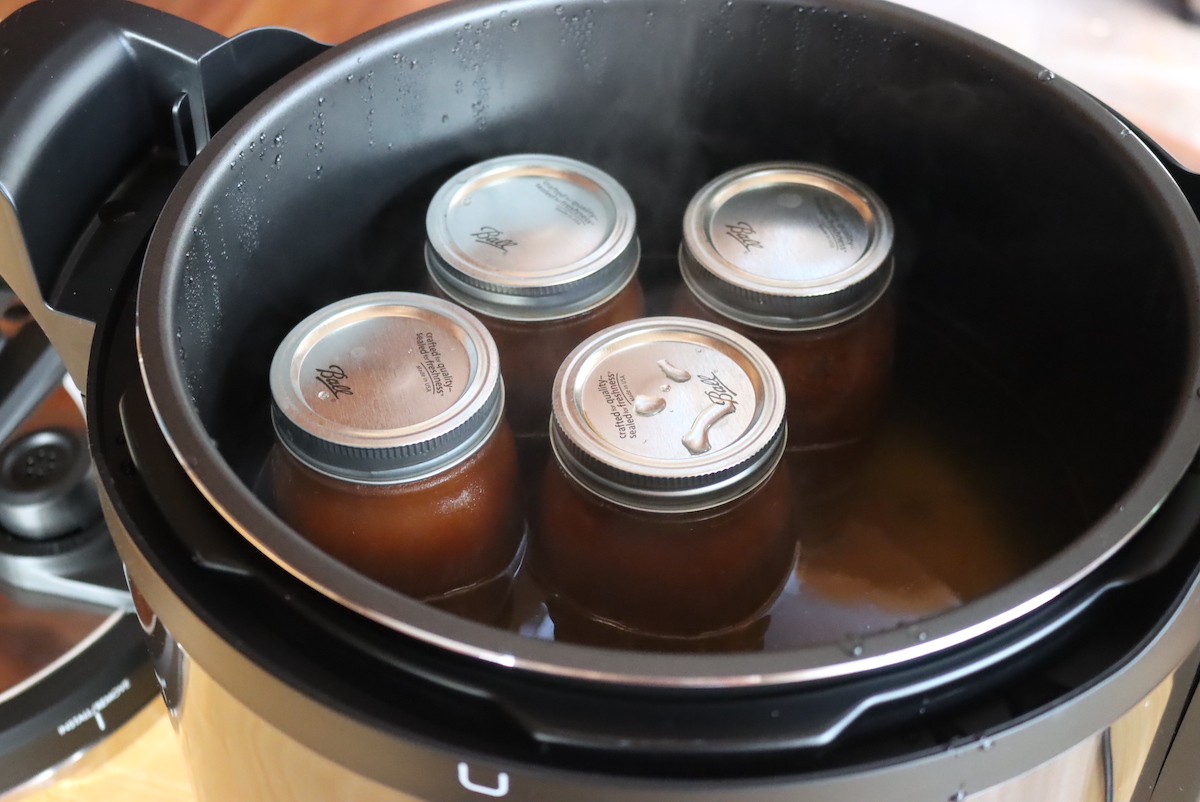
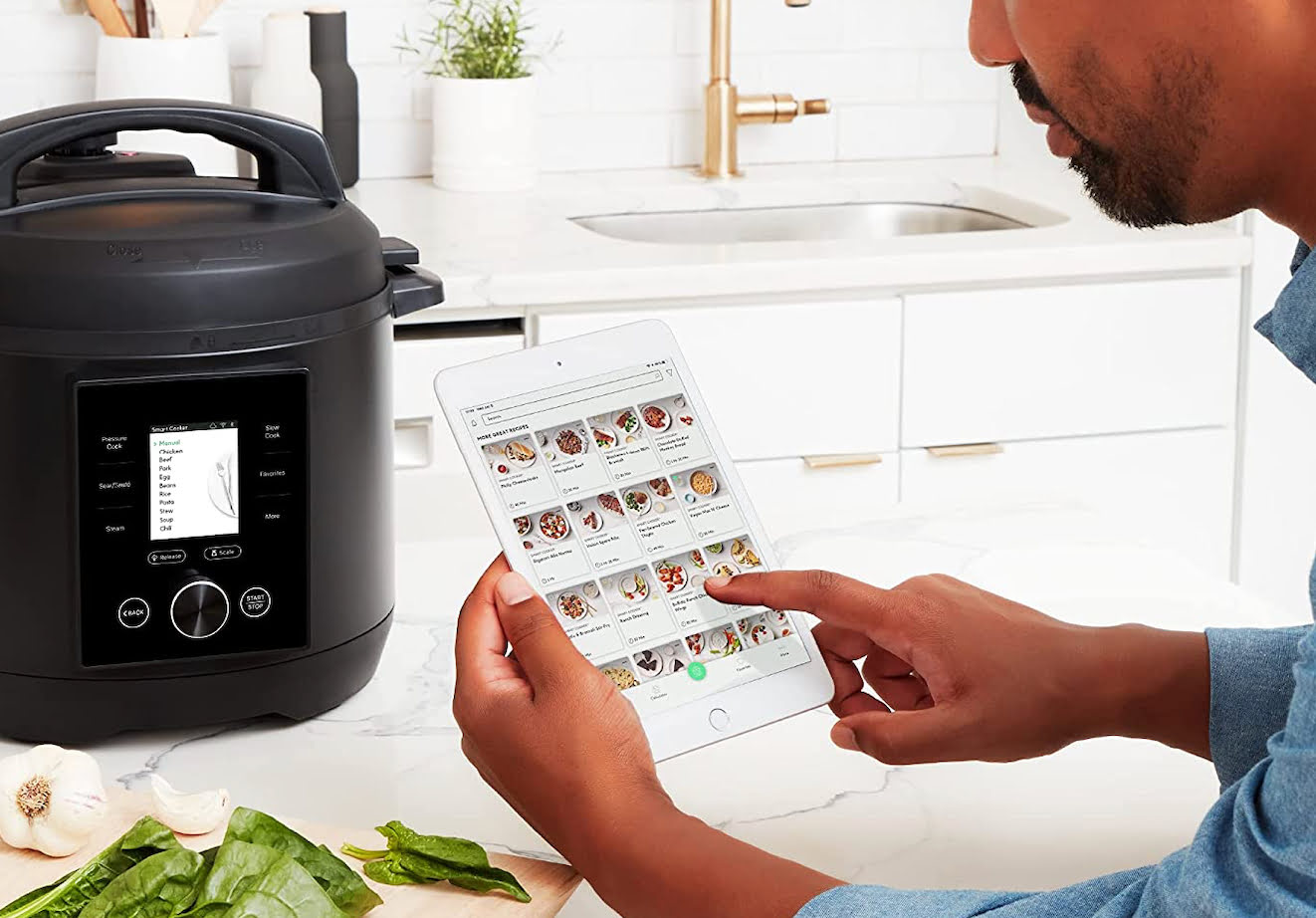
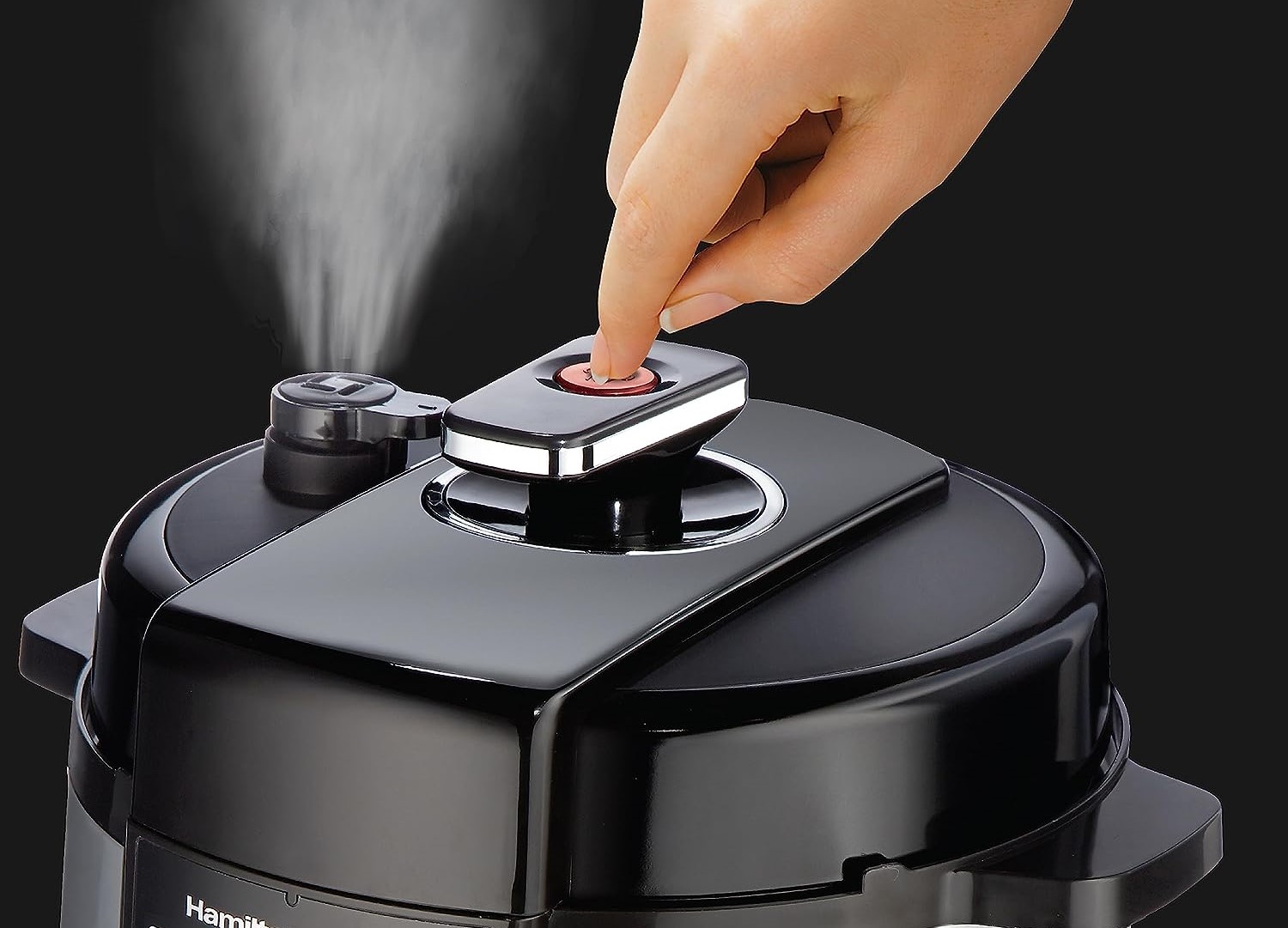
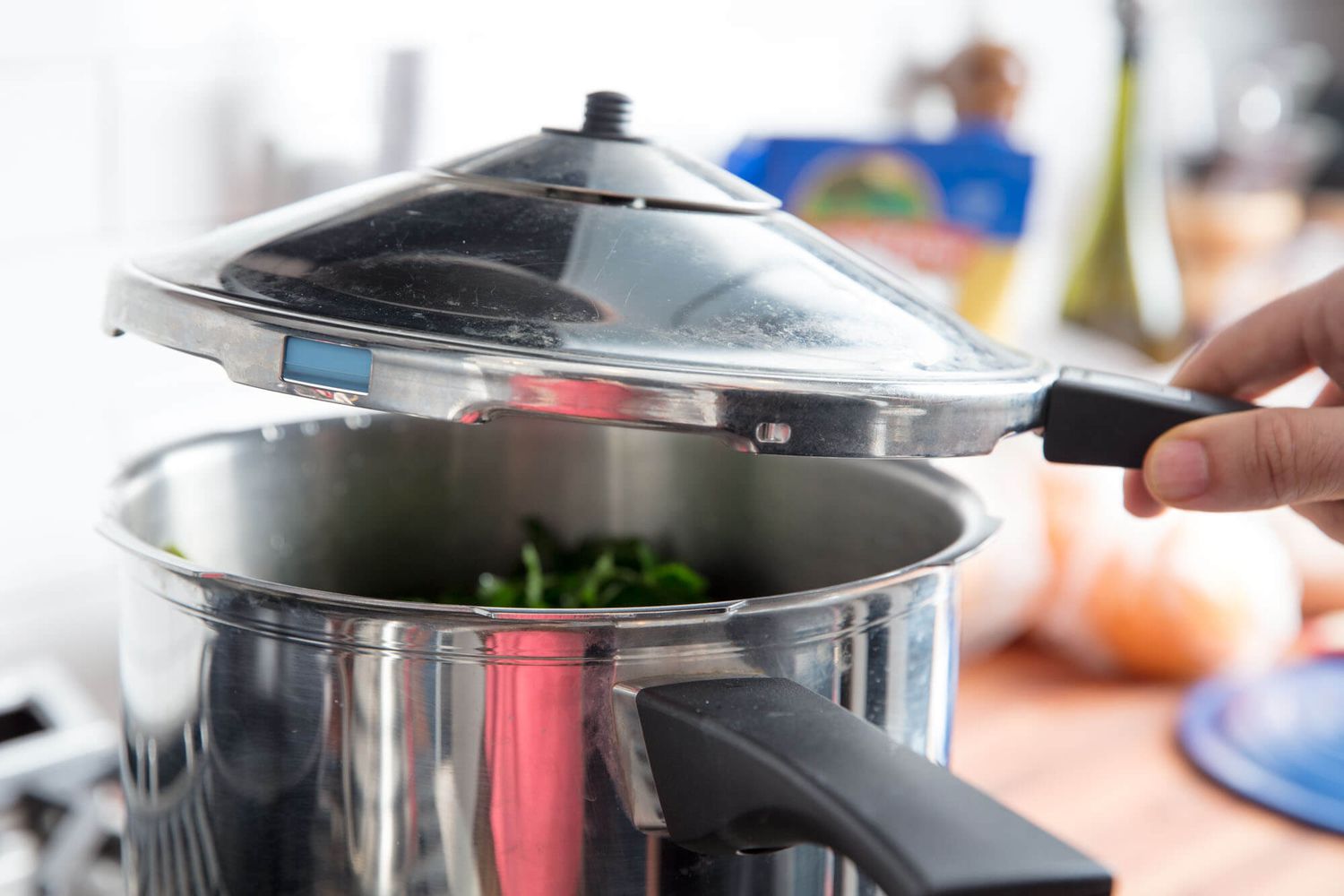
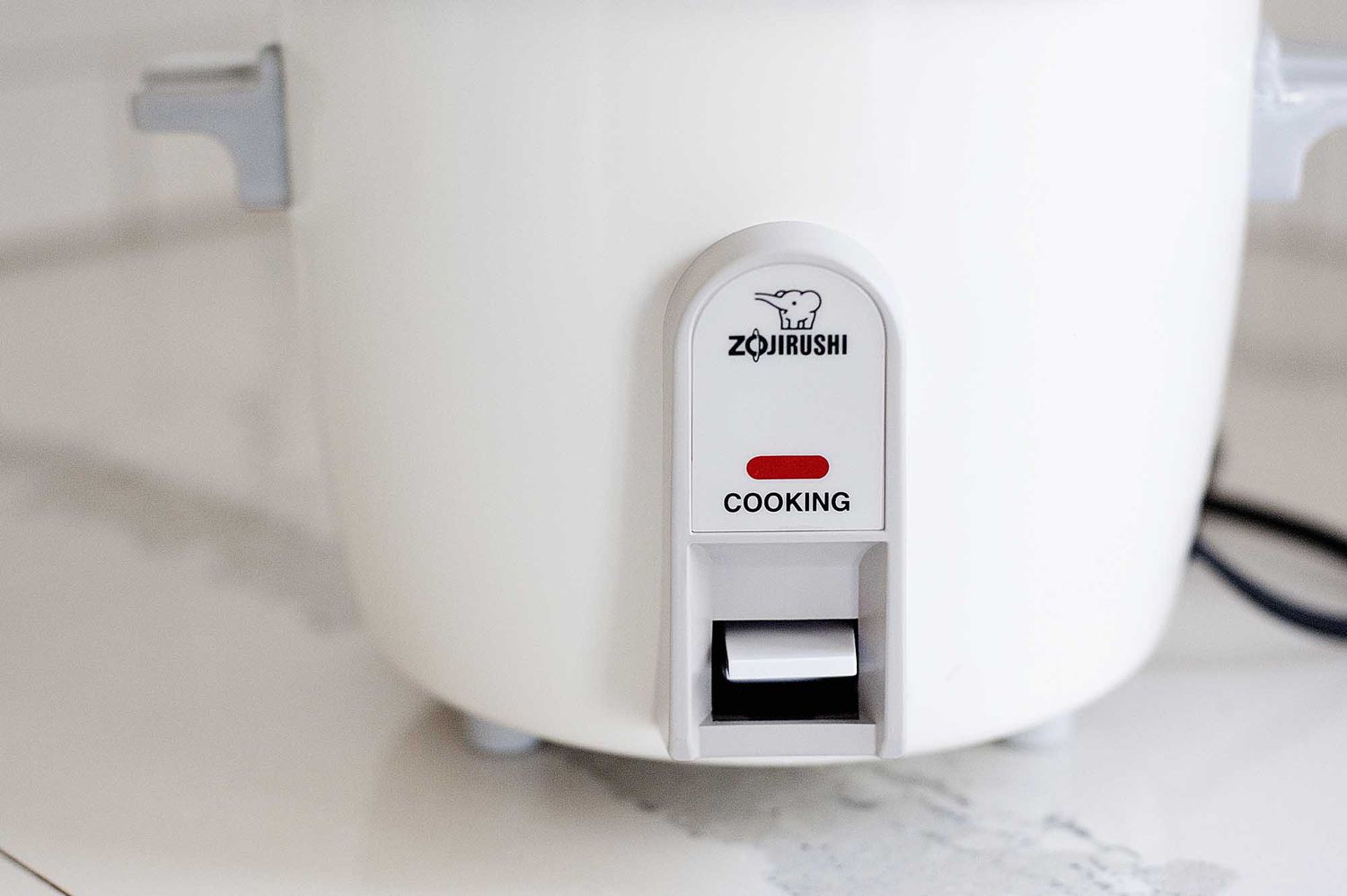
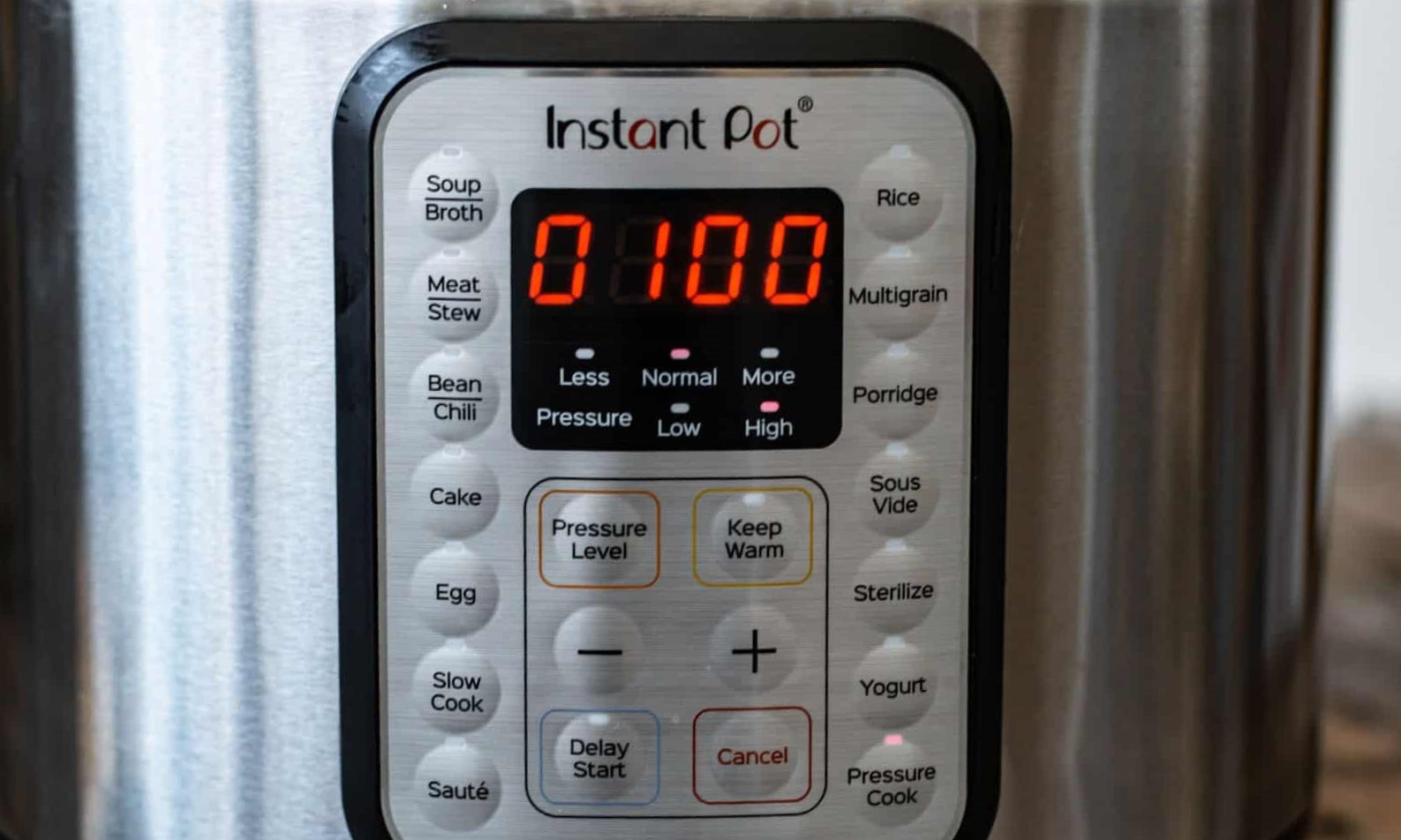
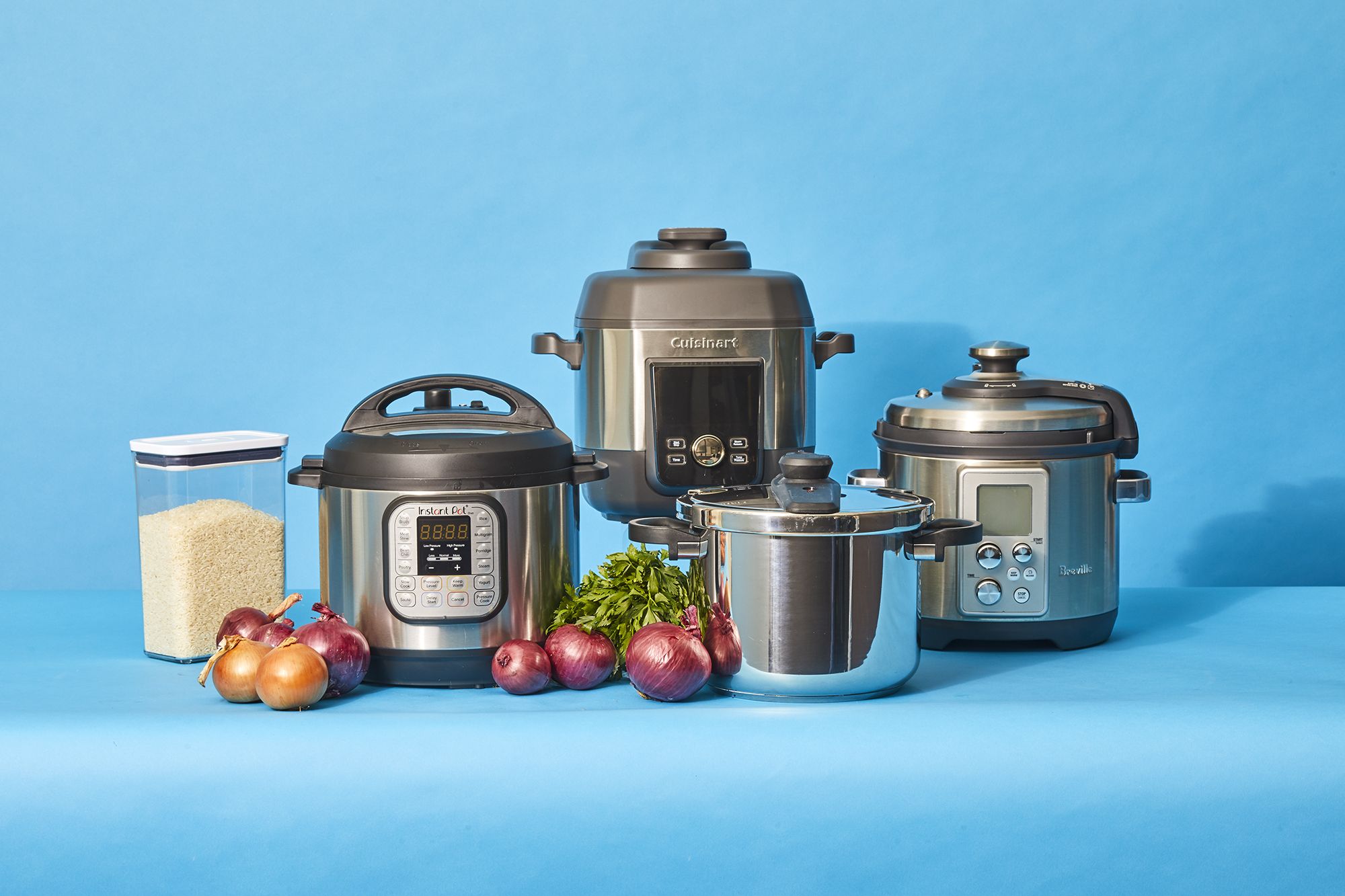
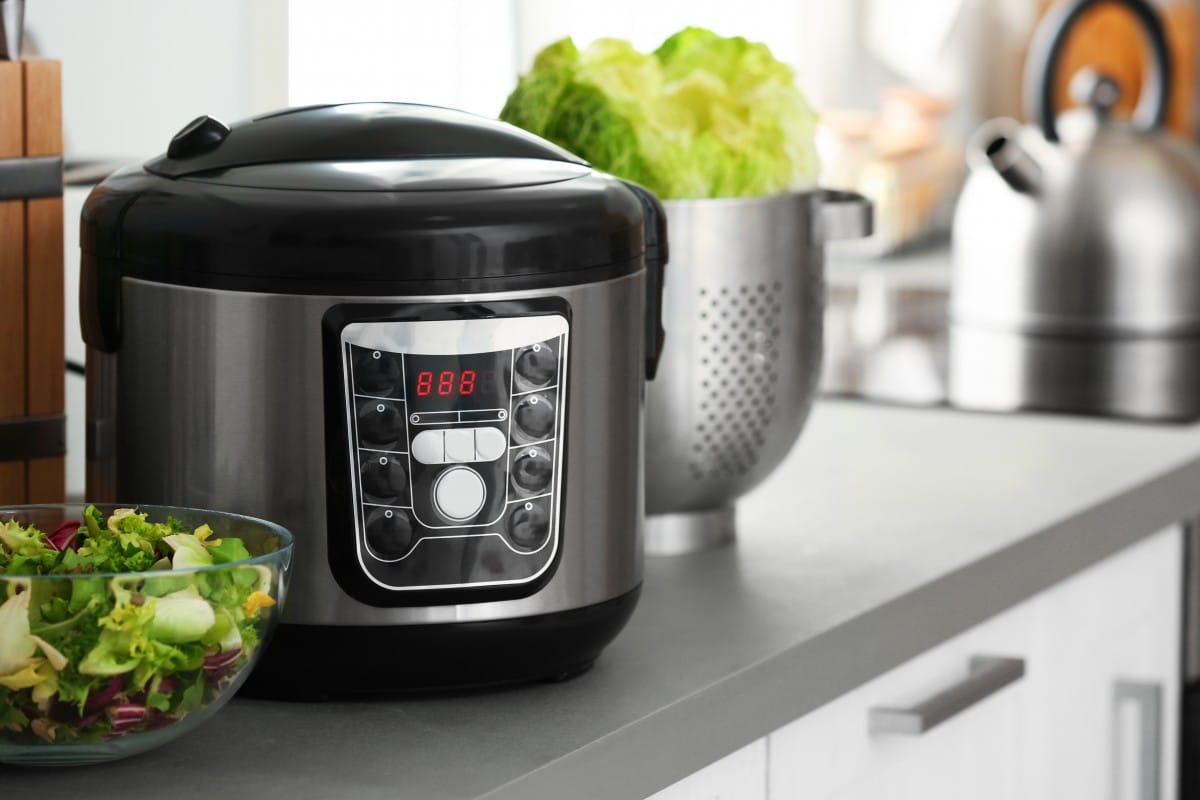
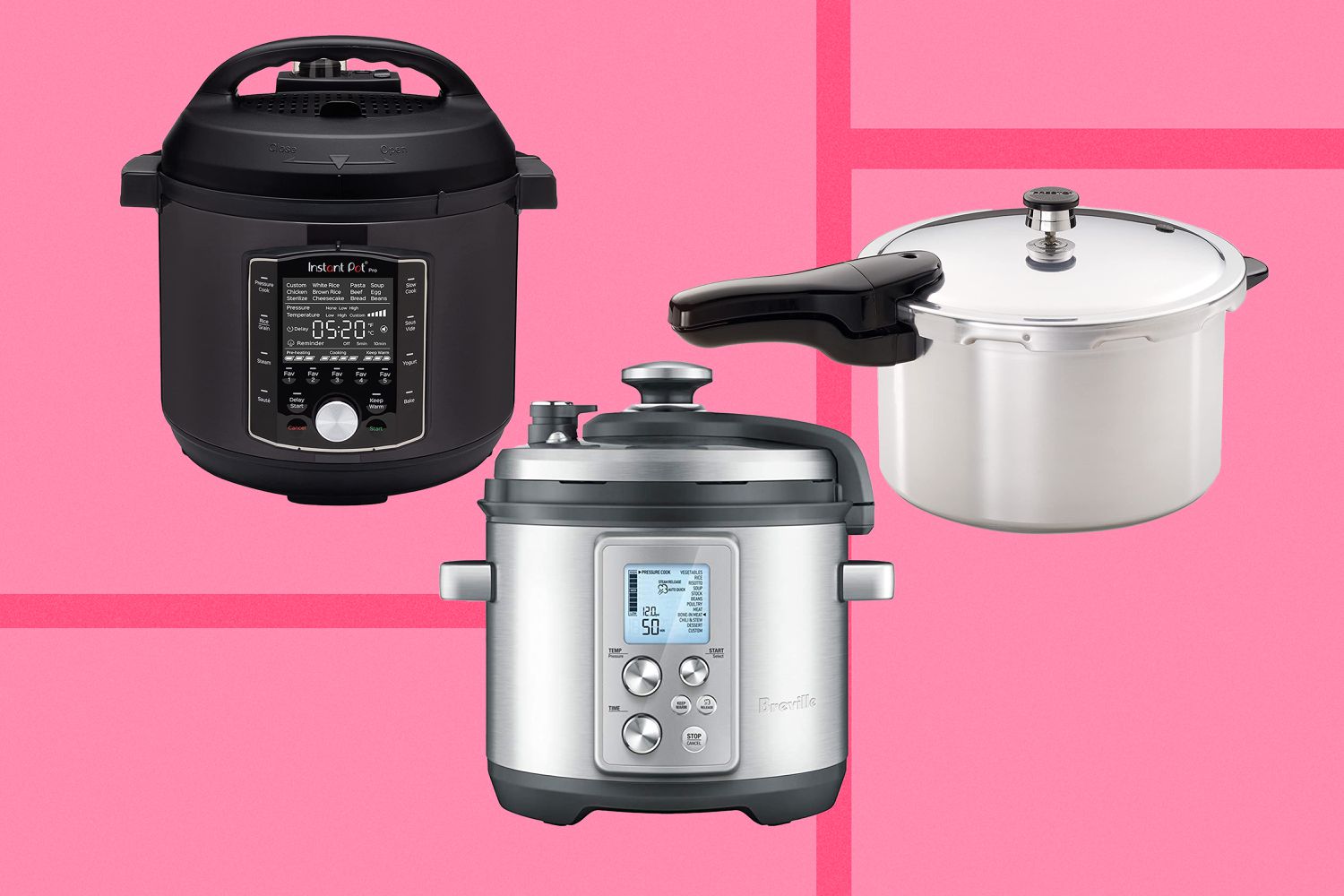
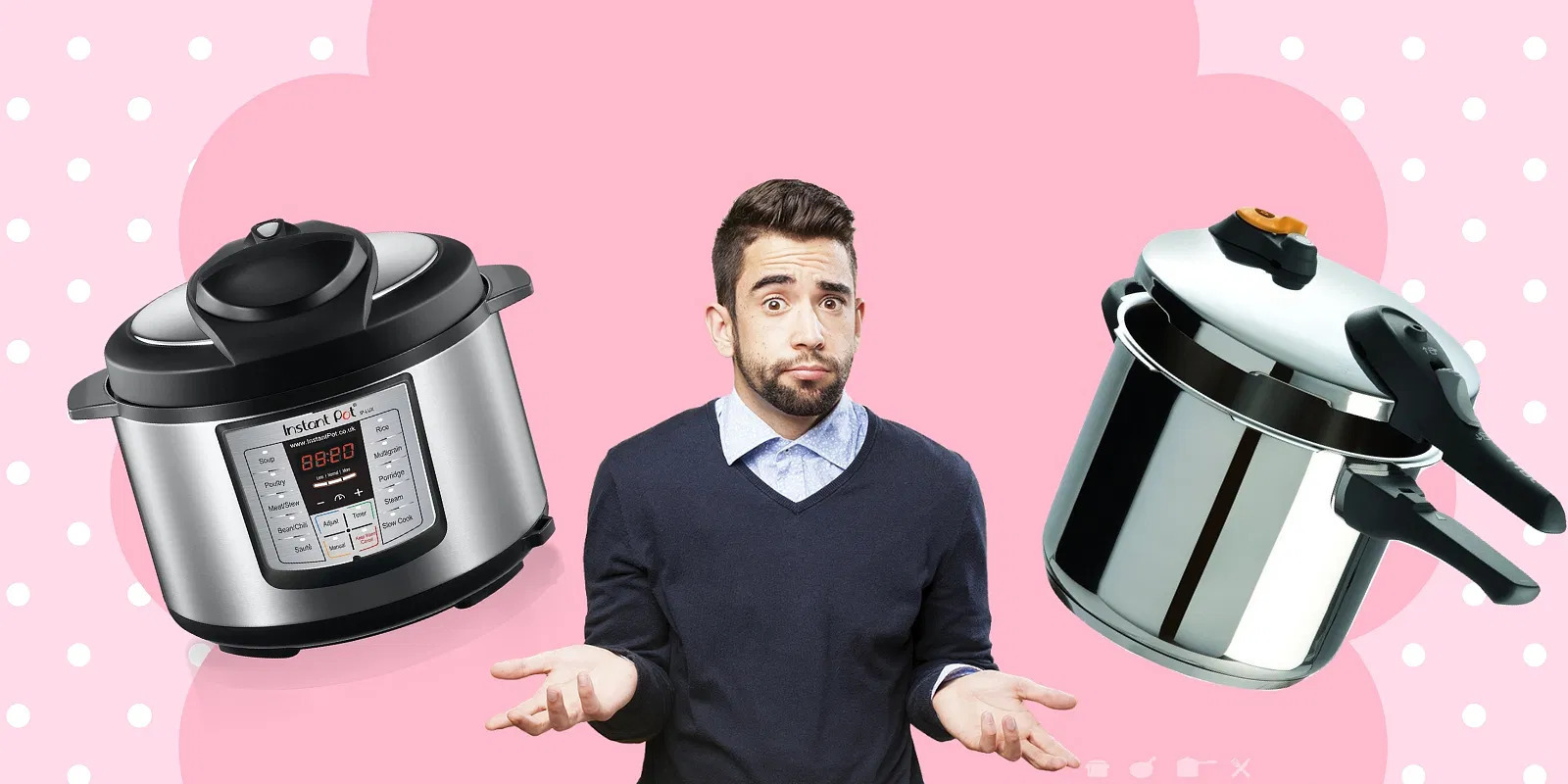
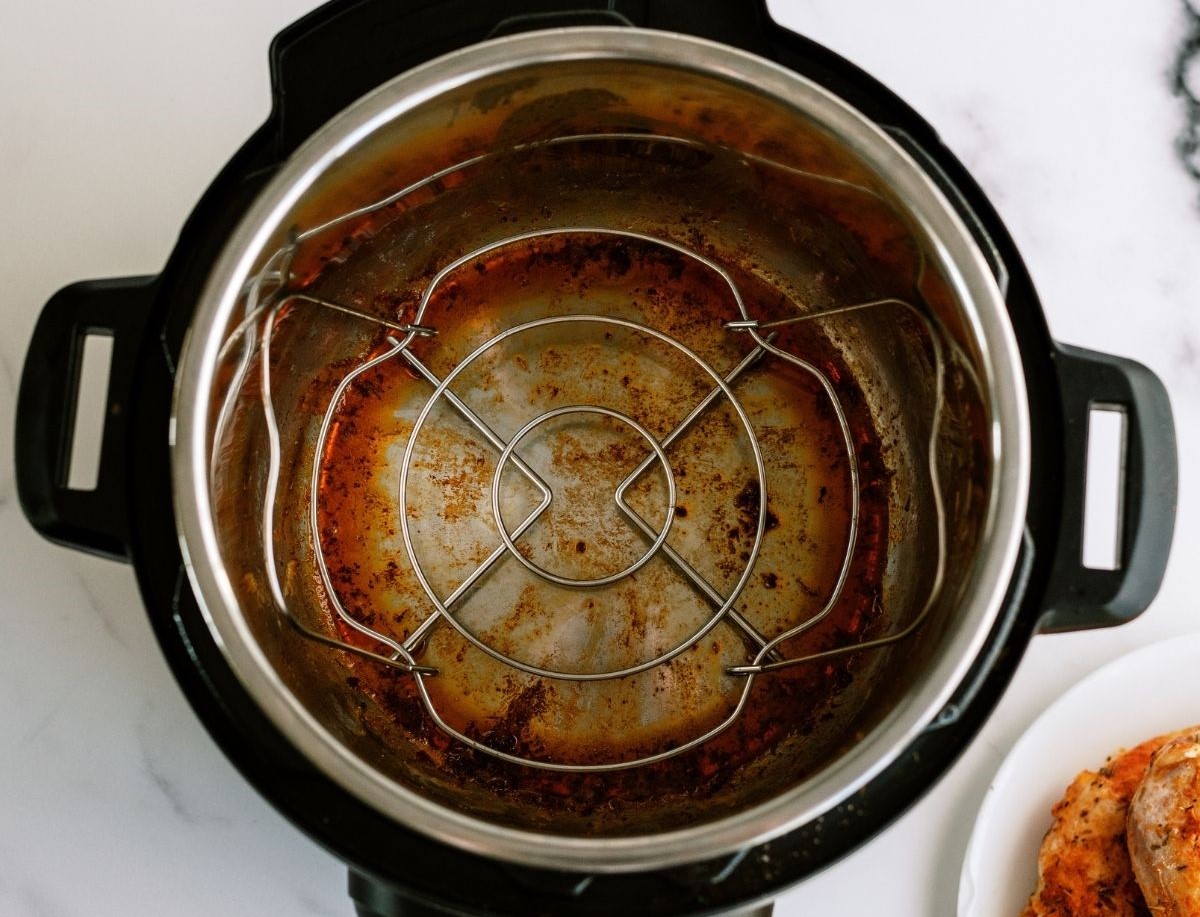
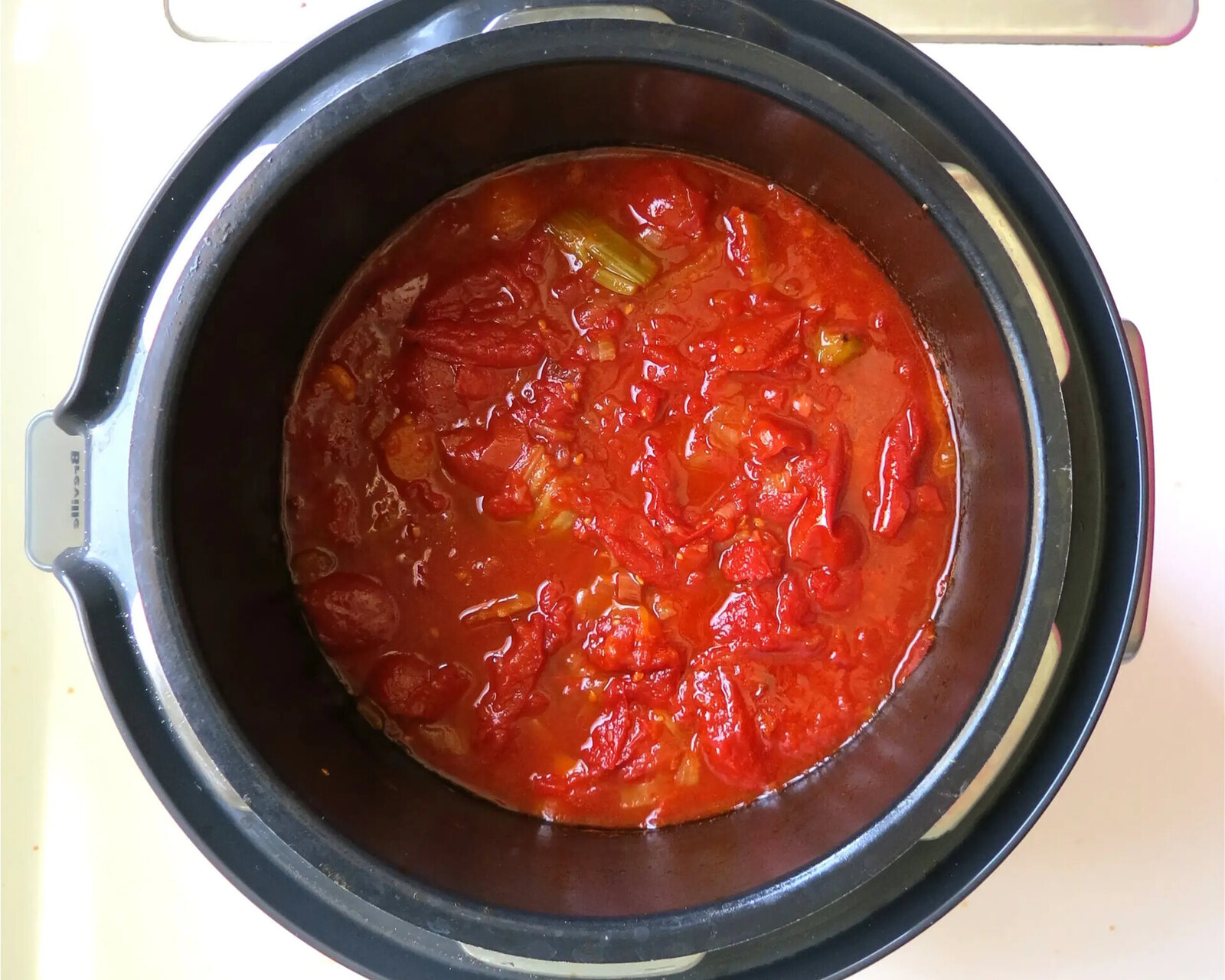
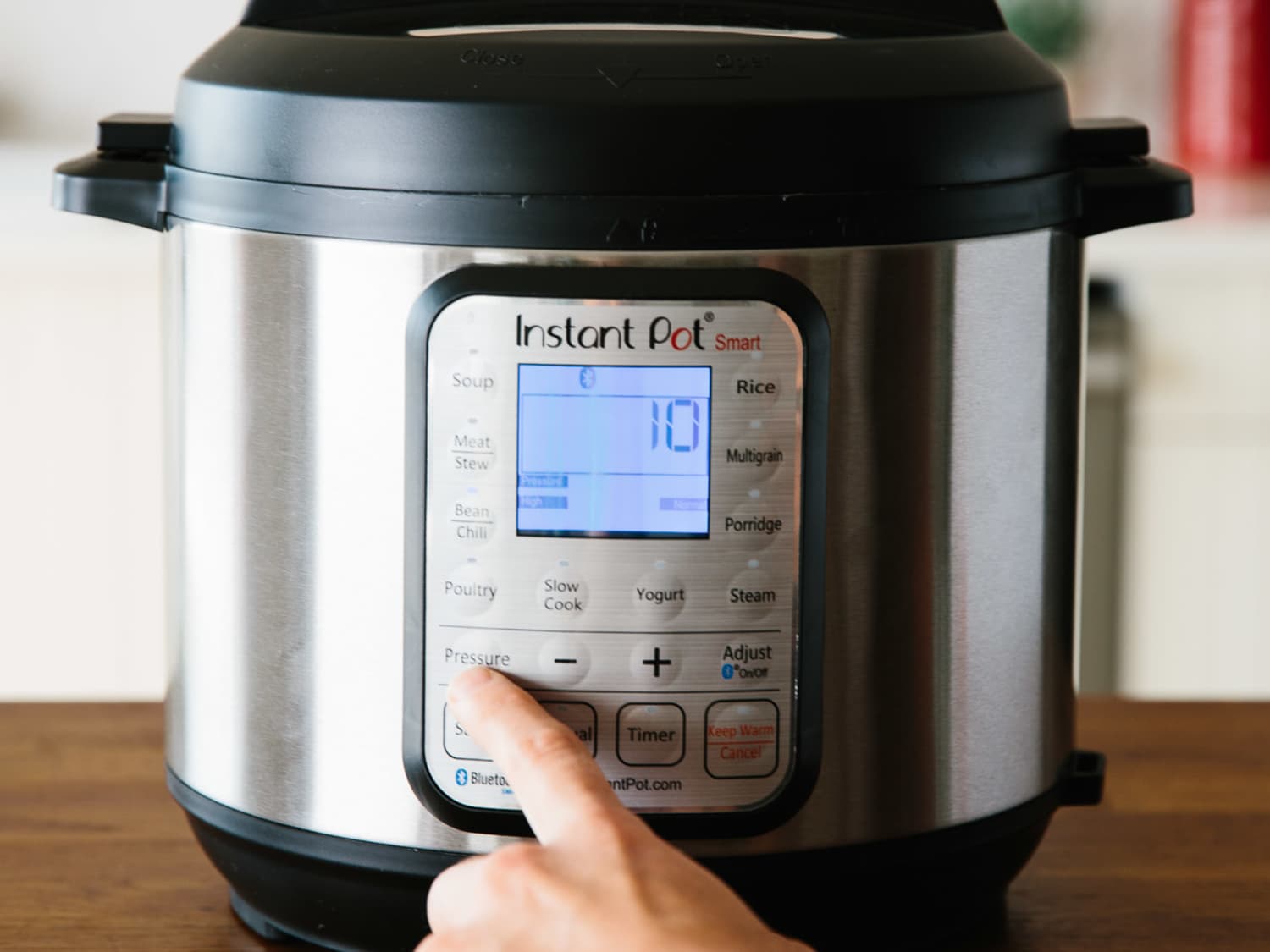
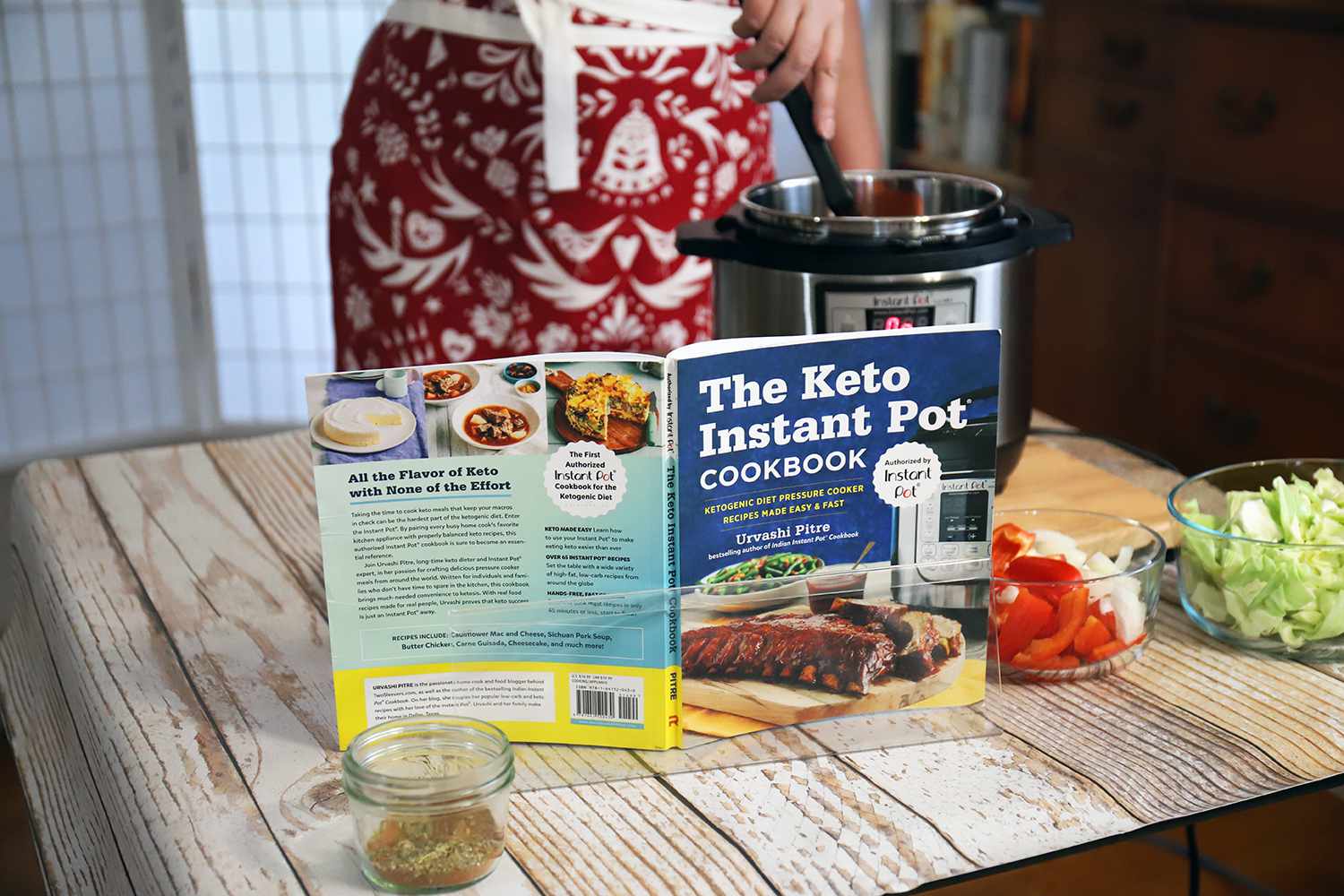

0 thoughts on “How To Cook Rice In An Electric Pressure Cooker”